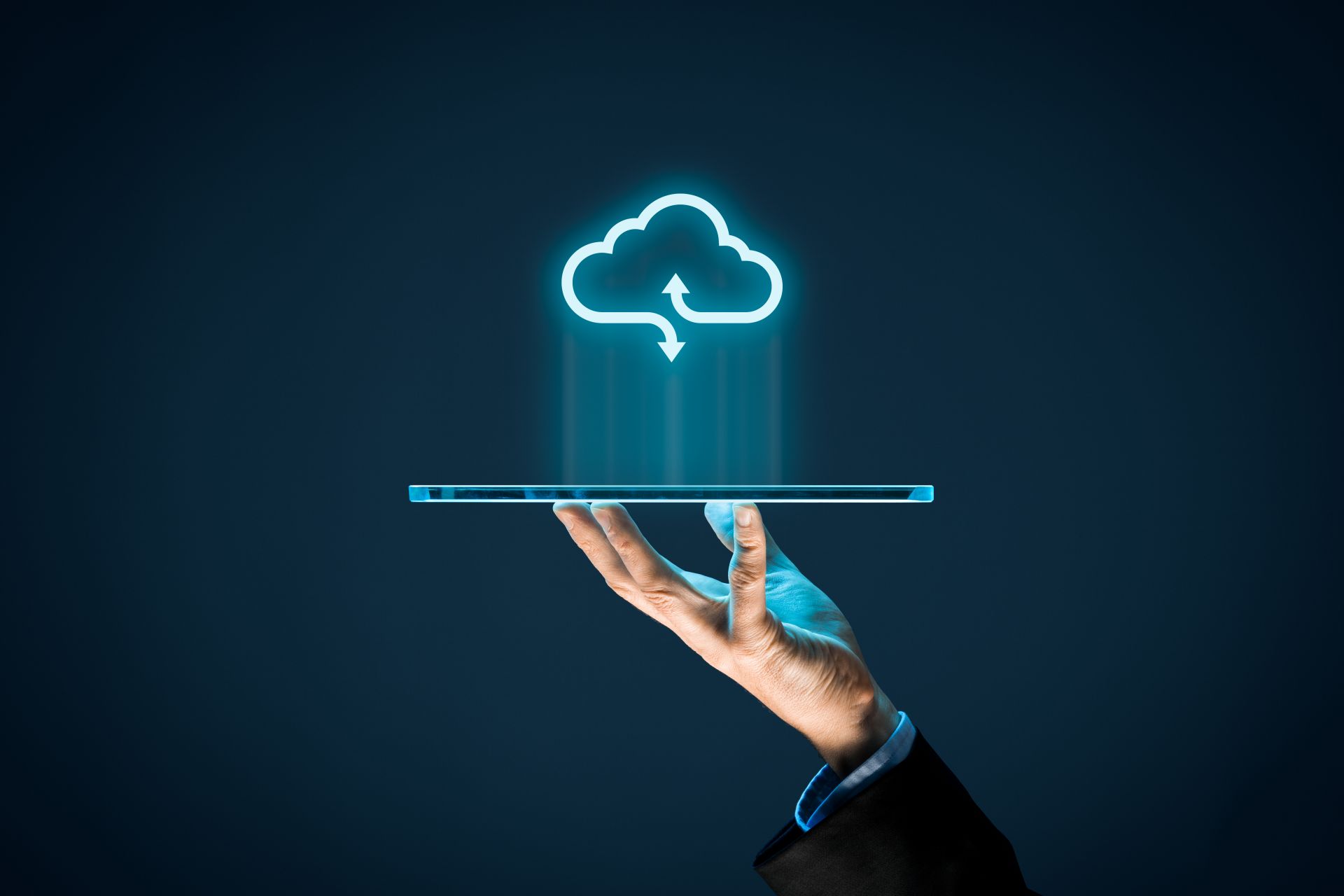
Moving towards Edge Computing
Technology has evolved massively in the past decade and industries must come up-to-date and follow the current trends. We are now at the point when a multitude of devices are connected and are communicating to make processes work efficiently in almost any business. Of course, everything is connected to the cloud, a technology that acts as a platform allowing users to access their data from anywhere on the planet at any moment, as long as they have internet connectivity. Even though it is beneficial, it seems like this technology needs something more and is the reason why edge computing is gaining more popularity in the technology industry.
What is edge computing?
Edge computing stands for solutions that facilitate data processing at or near the source of data generation, according to Gartner. Due to its effectively functional process, this type of computing allows businesses to have a better overview of their operations, as well as enabling better visibility of how well these operations benefit their clients. Technology giants such as Amazon, Microsoft, and Alphabet led the industry with their cloud computing expertise, the future will find them at the edge of the cloud. This solution comes as a response to 5G wireless technology and AI to enable lower latency, faster response times, and simplified maintenance in computing.
While these benefits make edge computing the best choice, there are cases in the IoT space that require the use of both edge and cloud computing. Cloud computing comes as a first option when great storage and power to execute processes or applications, no matter the location of the user, is required. Therefore, the main difference between cloud and edge computing is that one enables users to store the data from any distant area into the same center, and the other allows the end-users to have faster interaction with the data.
In this context, Gartner predicts that traditional centralized data centers will be less used by 2025 when companies will generate and process their data outside them.
How can edge computing improve daily activities?
There is no doubt that implementing edge computing will bring many benefits for companies but also for the users. Here are some of the most important ones:
- Real-time computing: Thanks to its effective way of managing large amounts of data locally, edge computing networks will reduce the amount of data that usually travels through the cloud, in the end, leading to faster computing. The current latency time is higher than some services entail, and this is because of the existing infrastructure. But with this technology, which is expected to reduce latency times, there will be an improvement for streaming services and connected gaming consoles.
- Costs savings: According to a recent study, some companies that use cloud computing will waste significant amounts of money for extra data storage capacity they don’t need. Because less traffic doesn’t require as many resources as used within cloud computing, the edge of the cloud is an excellent option for companies that want to save costs.
- Remote services: The past few years met a revolutionary development in how cities are being managed more than ever. The request for smart cities had a significant role in how industries try to be part of smart cities. This implies that there is a need for intelligent management, and amongst the options are remote services. Many customers who work remotely will quickly see an improvement in their operations while using edge computing.
- Locally secured data: When it comes to Edge Computing, some specialists agree that this technology might benefit some companies by helping them overcome the security challenges of local compliance. On the other hand, there are different opinions that attacks might be harder to control while working with edge computing networks. This is because opposed to centralized compute power, some think that locally stored data addresses the problem of a complex surface that could be compromised, more so when the number of IoT devices is expected to increase substantially by 2025, according to the latest statistics. But as well as other technologies, edge computing will also be controversial when it comes to security risks.
- Consistent activity within the 5G networks: Since the trend of 5G is becoming more and more popular, the need for better infrastructure that will enable the best use of 5G is required. Implementing edge computing within 5G networks will significantly increase the user experience.
Why is edge computing the resolution for 5G?
5G is the fifth generation of mobile wireless communications, which is expected to give users the ability to connect more devices at once at a faster speed. It should also offer lower latency and higher stability thanks to its higher-frequency bands.
Building an integrated infrastructure is essential in the process of incorporating edge computing in telecommunications software. More so, when the transition from 4G to 5G requires a complex infrastructure network of wired, fiber optic connections. Embracing this change within edge computing networks will enhance numerous opportunities, and as a result, users will be able to enjoy consistent connectivity without even realizing it.
Final Thoughts
With new emerging technologies and their challenges, it is essential to remain focused on what suits best to your company and its customers. While some businesses haven’t yet implemented such advanced technologies in their operations, it is time to consider how this technology can enable excellent outcomes for your company. Being connected to the industry will collaboratively increase leadership in constructing healthy strategies.




